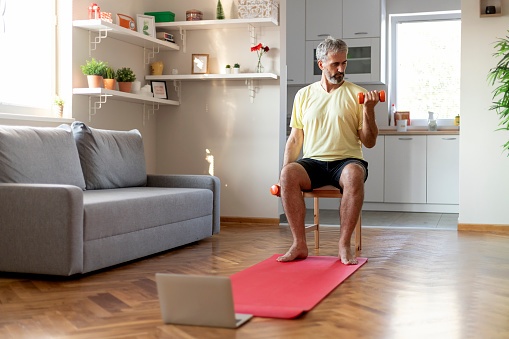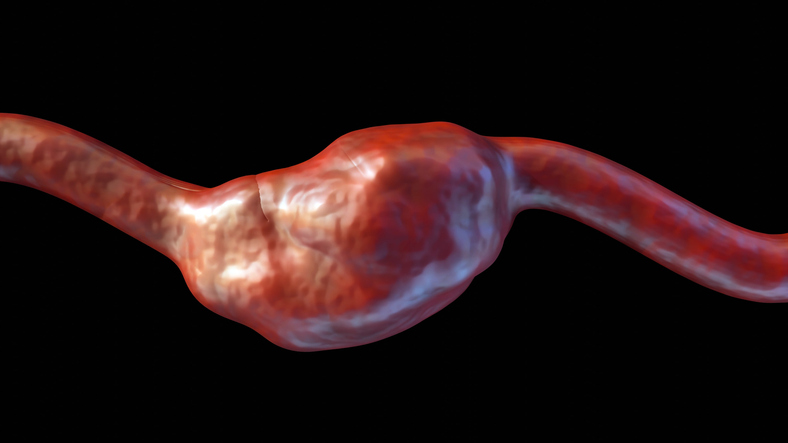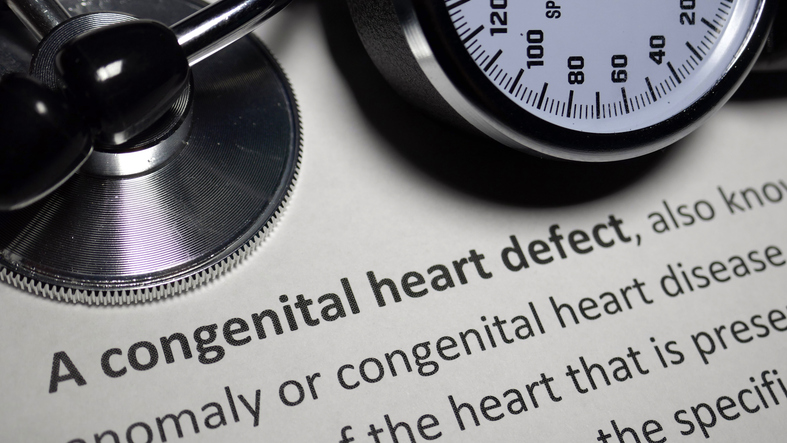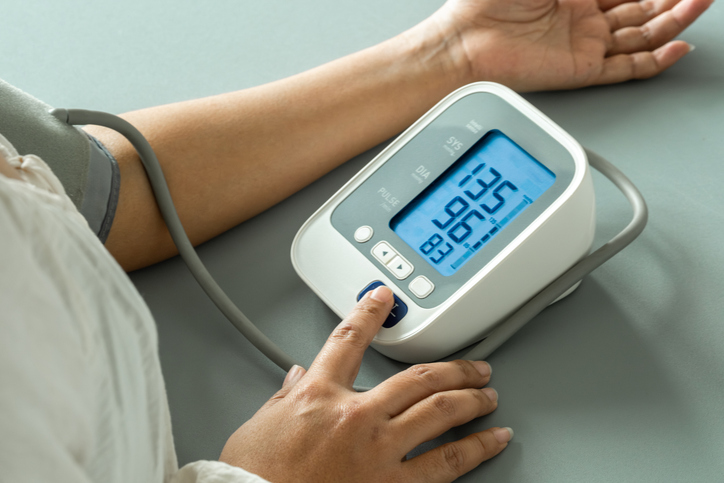
Patients who increase their daily physical activity levels after receiving an implantable cardioverter defibrillator (ICD) experience fewer incidences of hospitalization and have a lower risk of death, according to new research published today in Circulation: Cardiovascular Quality and Outcomes.
“Cardiac rehabilitation programs offer patients a safe environment to increase physical activity after ICD implantation. Evidence has also shown cardiac rehab lessens the risk of additional hospitalization and death, but cardiac rehabilitation programs are underutilized, especially among women, the elderly, people from diverse racial and ethnic groups and those living in rural areas,” said study author Brett D. Atwater, M.D., director of electrophysiology and electrophysiology research at Inova Heart and Vascular Institute in Fairfax, Virginia via an American Heart Association press release about the study. “The causes of underutilization are a combination of providers failing to prescribe and patients being unwilling to participate because of the time requirements for participation, the travel to and from the rehab facility and out of pocket costs associated with that.
“Our study examined whether physical activity outside of a formal cardiac rehabilitation program could yield similar benefits, and we found it did,” he added. “This suggests that additional options like home-based cardiac rehabilitation might help more patients realize the health benefits of increased physical activity.”
In this study, researchers assessed health and physical activity information for nearly 42,000 Medicare beneficiaries (average age, 75; 72% male; and 90% white) who had ICDs implanted between January 2014, and December 2016. Sensors in the ICDs measured the participant’s motion and heart rate in order to detect physical activity, the researchers noted.
“In this study, any physical activity counted towards daily totals, as long as the patient was moving and the heart rate increased at the same time,” Atwater said. “Prior work shows that simple activities of daily living such as walking around the house or doing the dishes, count toward these totals and can improve health compared to sitting still.”
According to the AHA release, the results showed:
- Only 3% of the patients who received ICDs during the study period participated in a cardiac rehabilitation program.
- Participants who had cardiac rehabilitation increased physical activity by nearly 10 minutes daily during their cardiac rehabilitation sessions, compared to a decrease of one minute a day among those not enrolled in a cardiac rehabilitation program.
- Those who participated in a cardiac rehabilitation program were 24% less likely to die during the one to three years after ICD implantation compared to those who did not have cardiac rehabilitation.
- Every 10 minutes of increased daily physical activity was associated with a 1.1% reduction in death from all causes among all patients in this analysis.
- After adjusting for the increased physical activity observed during cardiac rehabilitation, reductions in death rates were the same between those who did and did not participate in cardiac rehabilitation if they increased physical activity.
Increased physical activity after ICD implantation linked to less hospitalization, deathhttps://t.co/cSxH9jQrLV
— American Heart News (@HeartNews) July 21, 2021
“This finding helps confirm prior research showing that cardiac rehabilitation is underutilized, and the benefits of increased physical activity obtained in cardiac rehabilitation programs also may be achievable at home, potentially offering another opportunity to improve outcomes in patients with ICDs,” Atwater said.
Increased physical activity after ICD implantation linked to less hospitalization, death
More medical news at https://t.co/v2awMCGzAt#CardioTwitter #MedTwitter #MedEdhttps://t.co/Pi9syEJ0aD
— MedPub Cardiology (@MedPubCardio) July 21, 2021
Increased physical activity after ICD implantation linked to less hospitalization, death https://t.co/nwX8EvwjfQ
— Science Codex (@sciencecodex) July 21, 2021







 © 2025 Mashup Media, LLC, a Formedics Property. All Rights Reserved.
© 2025 Mashup Media, LLC, a Formedics Property. All Rights Reserved.